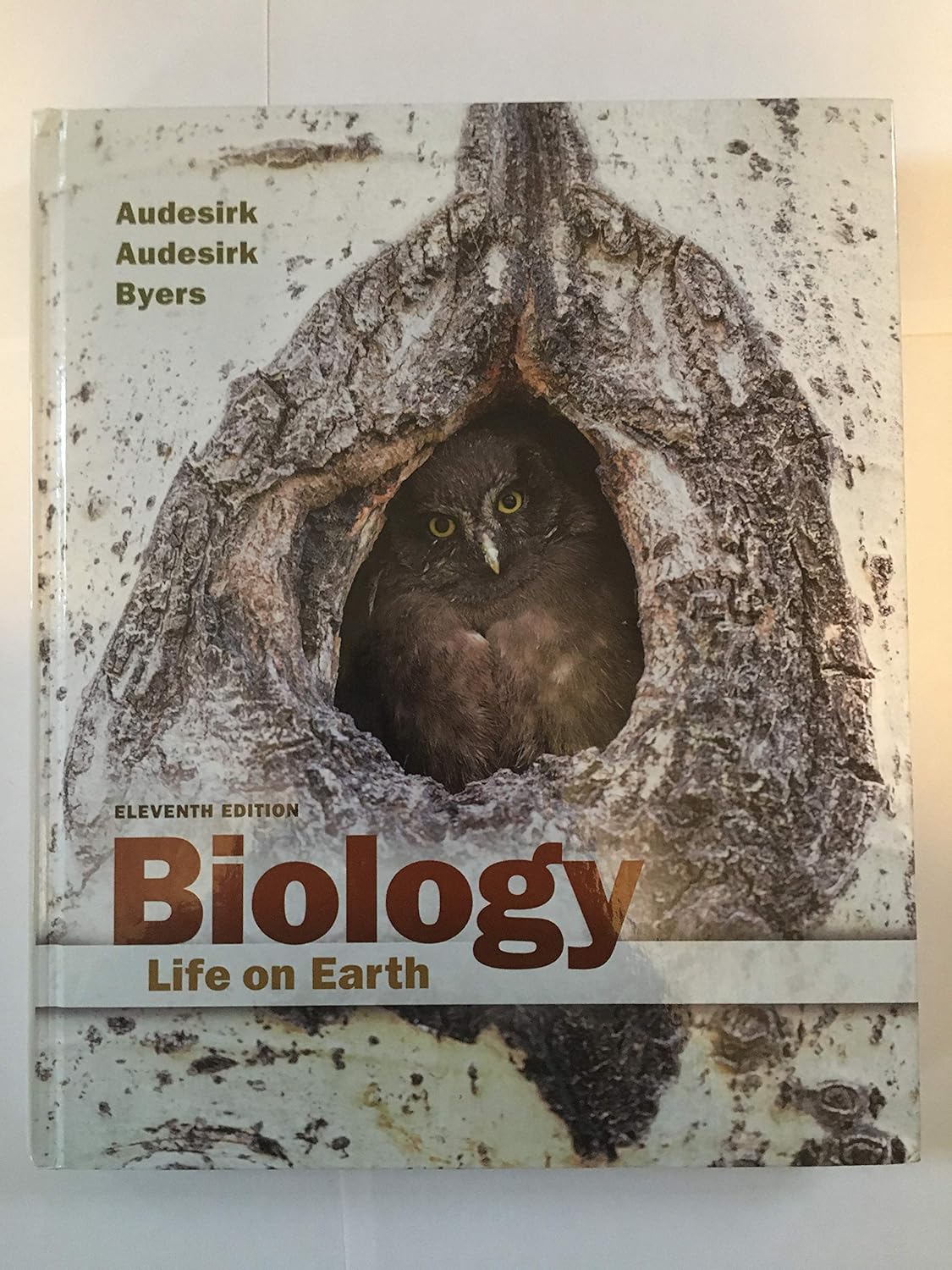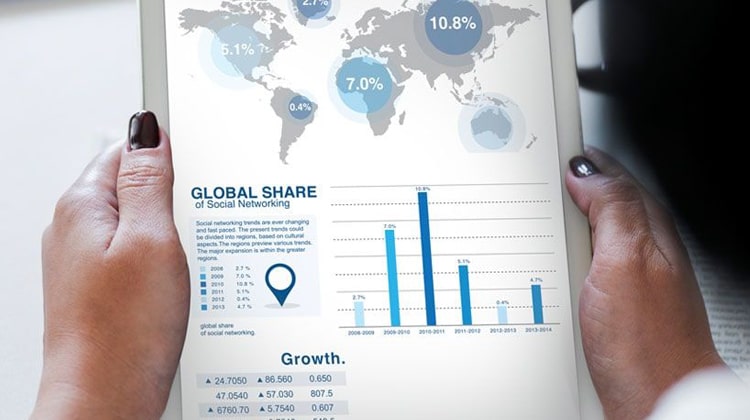Biology Life on Earth 11th Edition by Gerald Audesirk Test Bank
Original price was: $60.00.$30.00Current price is: $30.00.
Test Bank for Biology: Life on Earth, 11th Edition, Gerald Audesirk, Teresa Audesirk, Bruce E. Byers, ISBN 10: 0134168291, ISBN 13: 9780134168296 To get more information about this please send us E-mail to smtb7000@gmail.com
Description
Biology: Life on Earth – 11th Edition Test Bank
Authors: Gerald Audesirk, Teresa Audesirk, Bruce E. Byers
ISBN-10: 0134168291 | ISBN-13: 9780134168296
📘 Introduction to Biology
1. An Introduction to Life on Earth
-
Overview of life, characteristics of living organisms, scientific methods, and the study of biology.
🧬 Part I: The Life of the Cell
2. Atoms, Molecules, and Life
-
Basic chemistry of life, atoms, molecules, and chemical bonds.
3. Biological Molecules
-
Carbohydrates, lipids, proteins, nucleic acids, and their biological roles.
4. Cell Structure and Function
-
Prokaryotic vs eukaryotic cells, organelles, and cellular architecture.
5. Cell Membrane Structure and Function
-
Membrane composition, transport mechanisms, and cell communication.
6. Energy Flow in the Life of a Cell
-
Metabolism, enzymes, and energy transformation in living cells.
7. Capturing Solar Energy: Photosynthesis
-
Light reactions, Calvin cycle, and energy capture in plants and algae.
8. Harvesting Energy: Glycolysis and Cellular Respiration
-
Glycolysis, Krebs cycle, electron transport chain, and ATP production.
🧬 Part II: Inheritance
9. The Continuity of Life: Cellular Reproduction
-
Mitosis, meiosis, and the cell cycle.
10. Patterns of Inheritance
-
Mendelian genetics, inheritance patterns, and Punnett squares.
11. DNA: The Molecule of Heredity
-
Structure, replication, and function of DNA.
12. Gene Expression and Regulation
-
Transcription, translation, and gene regulatory mechanisms.
13. Biotechnology
-
Genetic engineering, cloning, CRISPR, and applications in medicine.
🌍 Part III: Evolution and Diversity of Life
14. Principles of Evolution
-
Natural selection, adaptation, and evolutionary theory.
15. How Populations Evolve
-
Genetic drift, gene flow, and population genetics.
16. The Origin of Species
-
Speciation, reproductive isolation, and evolutionary processes.
17. The History of Life
-
Fossil record, major events, and the timeline of life.
18. Systematics: Seeking Order Amid Diversity
-
Taxonomy, phylogenetics, and classification of organisms.
19. The Diversity of Prokaryotes and Viruses
-
Bacteria, archaea, and viral structures and life cycles.
20. The Diversity of Protists
-
Major groups, ecological roles, and evolutionary significance.
21. The Diversity of Plants
-
From mosses to flowering plants: structure, reproduction, and evolution.
22. The Diversity of Fungi
-
Fungal groups, life cycles, and ecological importance.
23. Animal Diversity I: Invertebrates
-
Sponges, cnidarians, mollusks, arthropods, and other invertebrates.
24. Animal Diversity II: Vertebrates
-
Fish, amphibians, reptiles, birds, and mammals.
🌱 Part IV: Behavior and Ecology
25. Animal Behavior – instincts, learning, communication.
26. Population Growth and Regulation – logistic/exponential growth, limiting factors.
27. Community Interactions – predation, competition, symbiosis.
28. Energy Flow and Nutrient Cycling in Ecosystems – food webs, biogeochemical cycles.
29. Earth’s Diverse Ecosystems – forests, deserts, wetlands, aquatic ecosystems.
30. Conserving Earth’s Biodiversity – conservation strategies, endangered species, habitat protection.
💉 Part V: Animal Anatomy and Physiology
31. Homeostasis and the Organization of the Animal Body
-
Levels of organization, feedback mechanisms.
32. Circulation – heart, blood vessels, and circulation types.
33. Respiration – respiratory systems, gas exchange.
34. Nutrition and Digestion – digestive organs, nutrient absorption.
35. The Urinary System – kidneys, excretion, and osmoregulation.
36. Defense Against Disease – immune system, pathogens, and immunity.
37. Chemical Control of the Animal Body: The Endocrine System – hormones and regulation.
38. The Nervous System – neuron structure, signal transmission, brain, and spinal cord.
39. The Senses – vision, hearing, taste, smell, and touch.
40. Action and Support: The Muscles and Skeleton – locomotion, muscle types, skeletal system.
41. Animal Reproduction – reproductive organs, gametogenesis, and mating strategies.
42. Animal Development – fertilization, embryogenesis, and metamorphosis.
🌿 Part VI: Plant Anatomy and Physiology
43. Plant Anatomy and Nutrient Transport – roots, stems, leaves, xylem, phloem.
44. Plant Reproduction and Development – flowers, pollination, seed development.
45. Plant Responses to the Environment – tropisms, hormones, and adaptations.
This SEO-friendly structure highlights keywords like photosynthesis, cellular respiration, genetics, evolution, biodiversity, anatomy, physiology, plant biology, animal behavior, which improve discoverability. Color coding with 📘, 🧬, 🌍, 🌱, 💉, 🌿 helps both readability and visual scanning for search engines.
https://testbankforyou.com/shop/










